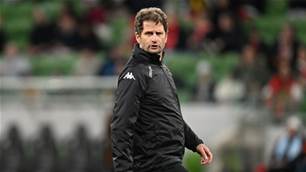Women’s football in Australia has gone through a dramatic change over the last 12 months, and the success of the Matildas has not only allowed for the game to grow but to become a regular topic of discussion.
A number of players now earn an income from football and personal endorsements but there are still a number of players, even at national level, who still don’t have football as their fulltime career.
While the change to wages of Australia’s professional footballers has only happened recently, players are still subsidising their time as a professional athletes with fulltime work for additional income.
In December 2017, the Norwegian FA announced their women’s team would receive a 2.5 million krone (AUD$413,705) pay rise, which would see senior male and female players earning the same wage.
The WNT had consistently achieved better results on the international stage having competed in every World Cup since the first tournament in 1991 and every UEFA Women’s Championship since 1987.
The MNT have not qualified for a major event since 2000.
Norway’s male players agreed to take a pay cut to achieve parity.
However, in Australia, the journey to pay parity is still an ongoing journey.
The Collective Bargaining Agreement, which came into affect ahead of the W-League season 10, was a step in the right direction but women’s football in Australia is still on this journey.
“We’re on a journey to gender equality,” Highwood said.
“It is about getting to a point where females can aspire to reach the top of football and in the future be earning the same salaries their male counterparts and viewed commercially in the same way.
“We need people to view women’s football not as just a development league but actually as a genuine commercial asset and that is the journey we are on with the W-League.
“We’ve got some way to go, all women’s sport do.”
Related Articles

'Timing not right': Montemurro's verdict on Matildas vacancy

Matildas: 'Fourth at the Olympics is honestly the worst place you could come'
.jpg&h=172&w=306&c=1&s=1)












